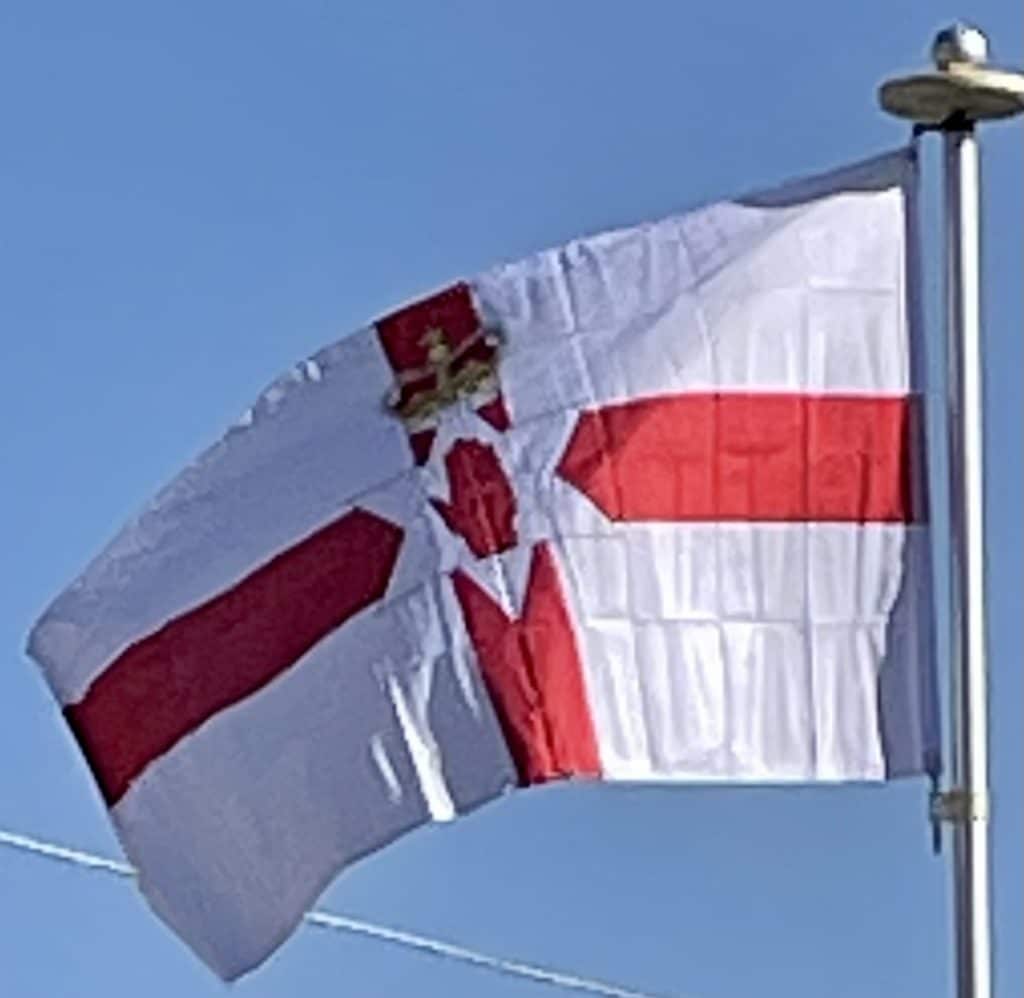The Williamites’ victory in this war ensured British rule in Ireland for over 200 years. The Protestant Ascendancy in Ireland excluded most of Ulster’s population from having any Civil power on religious grounds. Roman Catholics (descended from the indigenous Irish) and Presbyterians (mainly descended from Scottish colonists) both suffered discrimination under the Penal Laws, which gave full political rights only to Anglican Protestants (mostly descended from English settlers). In the 1690s, Scottish Presbyterians became a majority in Ulster, due to a large influx of them into the Province.
Emigration:
Considerable numbers of Ulster-Scots emigrated to the North American colonies throughout the 18th century (160,000 settled in what would become the United States between 1717 and 1770 alone).
Disdaining (or forced out of) the heavily English regions on the Atlantic coast, most groups of Ulster-Scots settlers crossed into the “western mountains,” where their descendants populated the Appalachian regions and the Ohio Valley. Here they lived on the frontiers of America, carving their own world out of the wilderness. The Scots-Irish soon became the dominant culture of the Appalachians from Pennsylvania to Georgia. Author (and US Senator) Jim Webb puts forth a thesis in his book Born Fighting to suggest that the character traits he ascribes to the Scots-Irish such as loyalty to kin, mistrust of governmental authority, and a propensity to bear arms, helped shape the American identity.
In the United States Census, 2000, 4.3 million Americans claimed Scots-Irish ancestry. The areas where the most Americans reported themselves in the 2000 Census only as “American” with no further qualification (e.g. Kentucky, north-central Texas, and many other areas in the Southern US) are largely the areas where many Scots-Irish settled, and are in complementary distribution with the areas which most heavily report Scots-Irish ancestry.
According to the Harvard Encyclopedia of American Ethnic Groups, 400,000 people in the US were of Irish birth or ancestry in 1790 when the first US Census counted 3,100,000 white Americans. According to the encyclopedia, half of these Irish Americans were descended from Ulster, and half from the other three provinces of Ireland.[41]
Republicanism, rebellion and communal strife:
Most of the 18th century saw a calming of sectarian tensions in Ulster. The economy of the province improved, as small producers exported linen and other goods. Belfast developed from a village into a bustling provincial town. However, this did not stop many thousands of Ulster people from emigrating to British North America in this period, where they became known as “Scots Irish” or “Scotch-Irish“.
Political tensions resurfaced, albeit in a new form, towards the end of the 18th century. In the 1790s many Roman Catholics and Presbyterians, in opposition to Anglican domination and inspired by the American and French revolutions joined together in the United Irishmen movement. This group (founded in Belfast) dedicated itself to founding a non-sectarian and independent Irish republic. The United Irishmen had particular strength in Belfast, Antrim and Down. Paradoxically however, this period also saw much sectarian violence between Roman Catholics and Protestants, principally members of the Church of Ireland (Anglicans, who practiced the British state religion and had rights denied to both Presbyterians and Roman Catholics), notably the “Battle of the Diamond” in 1795, a faction fight between the rival “Defenders” (Roman Catholic) and “Peep O’Day Boys” (Anglican), which led to over 100 deaths and to the founding of the Orange Order. This event, and many others like it, came about with the relaxation of the Penal Laws and Roman Catholics began to be allowed to purchase land and involve themselves in the linen trade (activities which previously had involved many onerous restrictions). Protestants, including some Presbyterians, who in some parts of the province had come to identify with the Roman Catholic community, used violence to intimidate Roman Catholics who tried to enter the linen trade. Estimates suggest that up to 7000 Roman Catholics suffered expulsion from Ulster during this violence. Many of them settled in northern Connacht. These refugees’ linguistic influence still survives in the dialects of Irish spoken in Mayo, which have many similarities to Ulster Irish not found elsewhere in Connacht. Loyalist militias, primarily Anglicans, also used violence against the United Irishmen and against Roman Catholic and Protestant republicans throughout the province.
